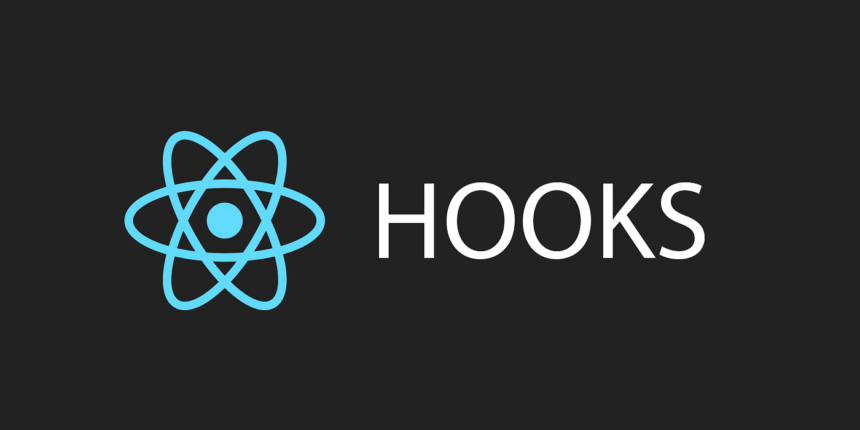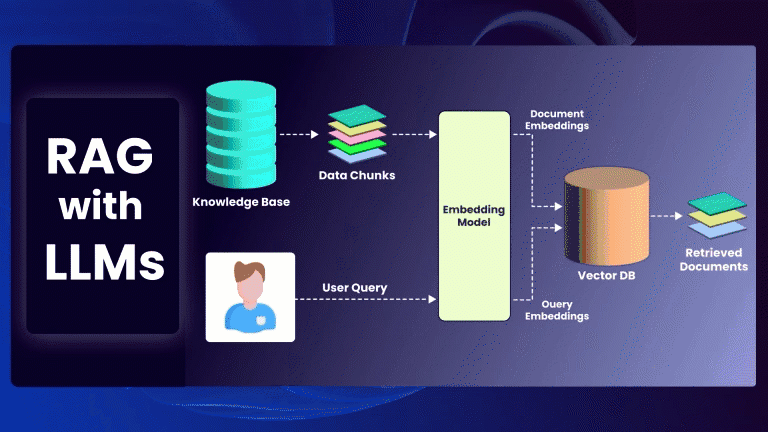The introduction of Hooks in React 16.8 was a game-changer. They empowered functional components with state management and side effect capabilities, simplifying development and fostering cleaner code. This blog delves deeper into the world of React Hooks, exploring advanced techniques to unlock their full potential and build dynamic, interactive React applications.
1. Custom Hooks: Building Reusable Stateful Logic
Custom hooks are the cornerstone of advanced React Hook usage. They allow you to encapsulate reusable stateful logic into functions that can be imported and used across different components.
Here’s the magic of custom hooks:
- Reusability: Custom hooks promote code reuse by encapsulating shared stateful logic into a single hook. This reduces redundancy and promotes a DRY (Don’t Repeat Yourself) approach.
- Improved Readability: Complex state management logic can be neatly organized within a custom hook, improving code readability and maintainability.
- Testability: Custom hooks are independent units, making them easier to test in isolation, fostering a more robust codebase.
By creating custom hooks, you can build modular and reusable components, leading to faster development and a more consistent codebase.
2. Taming Asynchronous Operations with the useEffect Hook
The useEffect hook is a powerful tool for managing side effects in functional components. It allows you to perform actions after a component renders, including data fetching, subscriptions, and timers.
Here’s a breakdown of useEffect usage:
- Callback Function: The hook takes a function as an argument that defines the side effect logic.
- Dependency Array: Optionally, you can provide a dependency array as the second argument.
useEffectwill only re-run the side effect when a value in the dependency array changes.
By leveraging useEffect with the dependency array, you can optimize performance and avoid unnecessary side effect executions.
3. Leveraging useRef for DOM Manipulation and Persisting Data
The useRef hook provides a mutable ref object that persists across re-renders. This makes it ideal for situations where you need to directly access or manipulate DOM elements, or when you want to store data that doesn’t necessarily need to trigger re-renders.
Here are some use cases for useRef:
- DOM Manipulation: You can create a ref object that references a DOM element and then use imperative code to manipulate it directly.
- Storing Data Across Renders: Need to store data that doesn’t change the UI but needs to persist across re-renders (e.g., animation frames)?
useRefis your friend. - Focus Management: You can use
useRefto create a ref for an input field and then programmatically focus it when needed.
useRef is a versatile tool that can enhance your React development by allowing interaction with the DOM and managing data outside of the component’s state.
4. Error Handling with Hooks: Graceful Degradation for a Robust User Experience
Unexpected errors can disrupt your application’s functionality. Hooks provide mechanisms to handle errors gracefully and prevent your application from crashing.
Here are some approaches to error handling with hooks:
- Error Handling in
useEffect: Inside theuseEffecthook, you can wrap your asynchronous operations with atry...catchblock to catch potential errors and display appropriate messages to the user. - Error Boundaries in React 16.7+: React Error Boundaries introduced in React 16.7 allow you to capture errors within a subtree of components and display a fallback UI while the rest of the application remains functional.
By implementing robust error handling practices with hooks, you can ensure your application remains stable and user-friendly even when unexpected errors occur.
5. Context API with Hooks: Sharing State Across the Component Tree
The Context API, coupled with hooks, provides a powerful mechanism for sharing state across the component tree without explicitly passing props down through multiple levels.
Here’s how Context API with hooks works:
- Create Context: You create a React Context using the
React.createContextfunction. - Provide Context: A component higher up in the component tree wraps its children with a
Context.Providercomponent, making the context value available to its descendants. - Consume Context: Components that need to access the context data use the
useContexthook to retrieve the value from the nearest provider.
Context API with hooks is a valuable tool for managing global application state or sharing data across components that don’t have a direct parent-child relationship.
6. Beyond the Basics: Advanced Hook Techniques to Explore
The world of React Hooks is vast. Here are some additional techniques to consider as you delve deeper:
- useMemo & useCallback: These hooks help optimize performance by memoizing the results of expensive calculations or functions within a component. This prevents unnecessary re-renders when the underlying data hasn’t changed.
- Custom Render Hooks: Take the concept of custom hooks a step further by creating hooks that return JSX elements. This allows for building reusable UI components with encapsulated logic within custom hooks.
- Form Handling with Hooks: Managing form state and validation can be streamlined with hooks like
useStateand custom hooks. You can build reusable form components that handle user input, validation, and form submission.
By mastering these advanced techniques, you can unlock the full potential of React Hooks and build complex, interactive, and performant React applications.
Conclusion
React Hooks offer a powerful and flexible way to manage state, side effects, and interactions in your React components. By diving into custom hooks, useEffect, useRef, error handling, Context API, and other advanced techniques, you can elevate your React development skills and build applications that are not only functional but also maintainable, reusable, and performant. Remember, the journey of mastering hooks is ongoing, so keep exploring, experimenting, and building amazing things with React!






